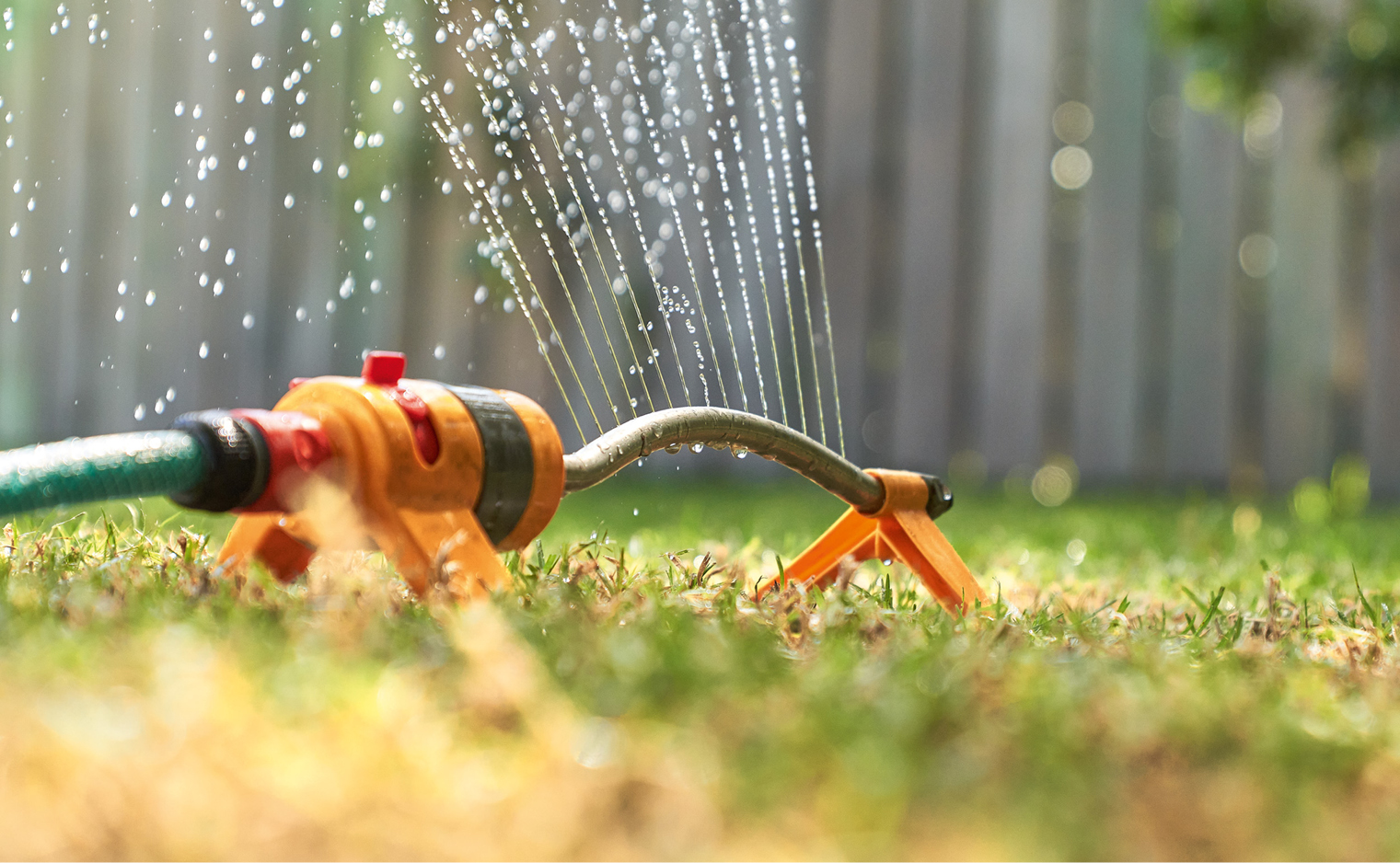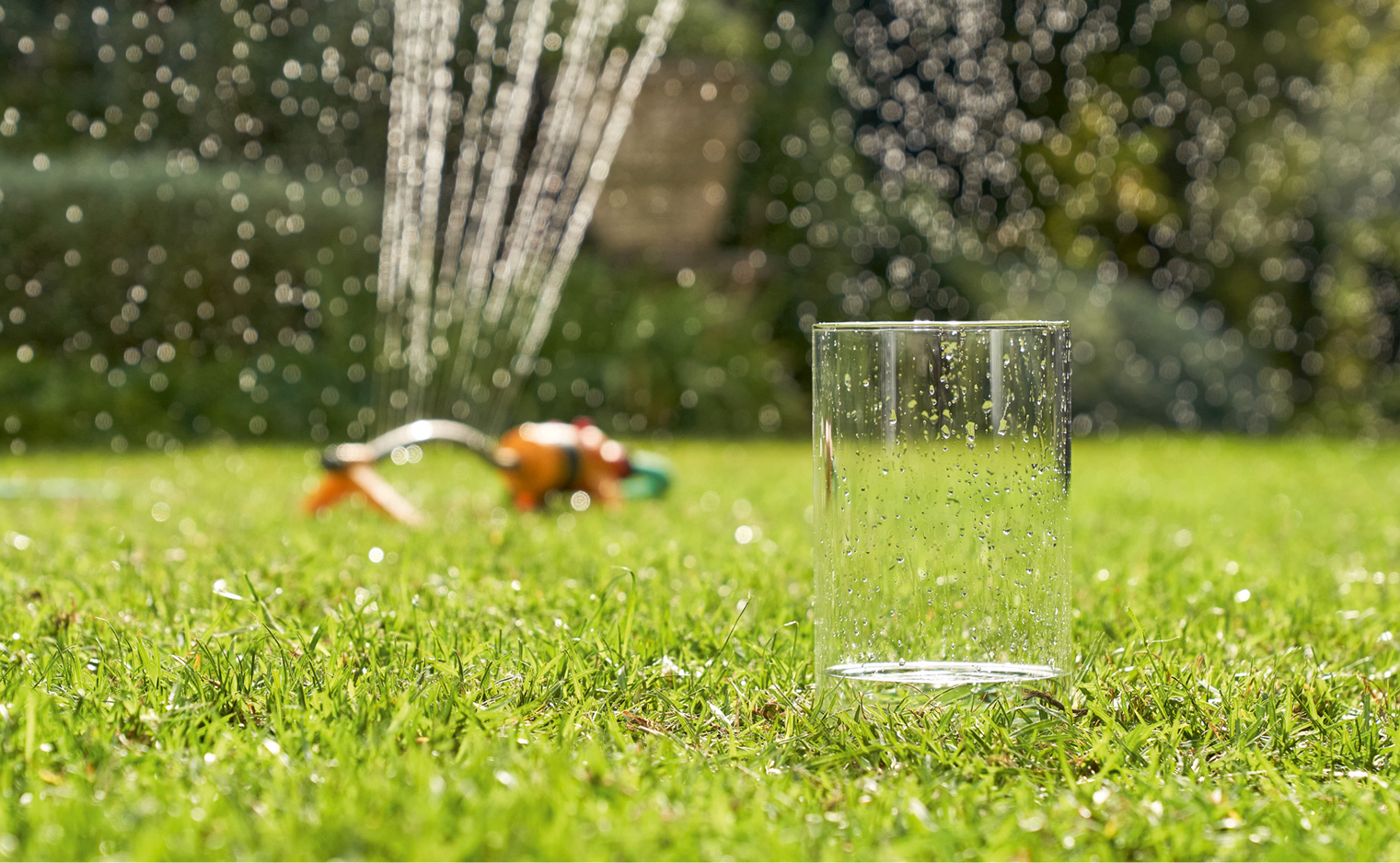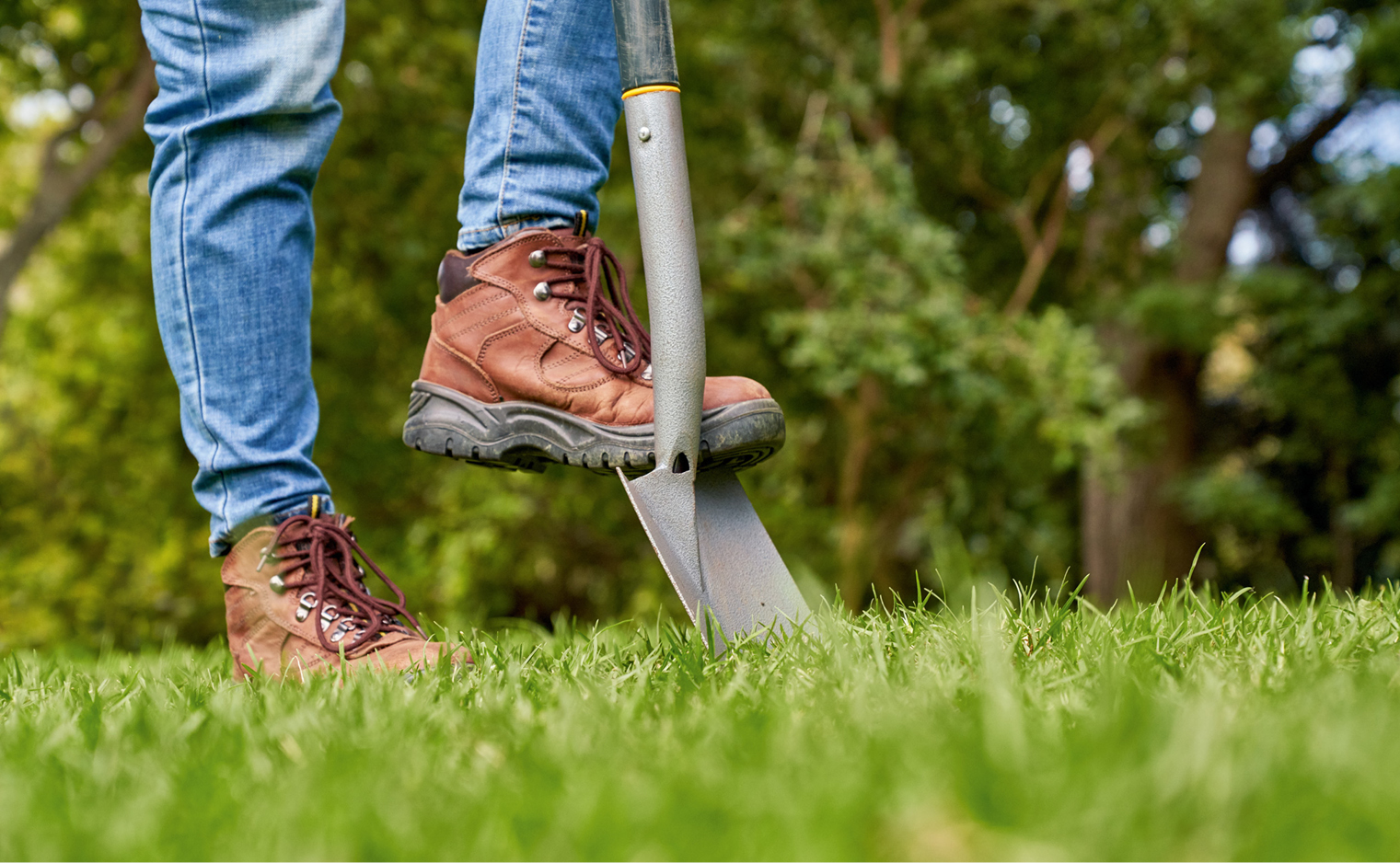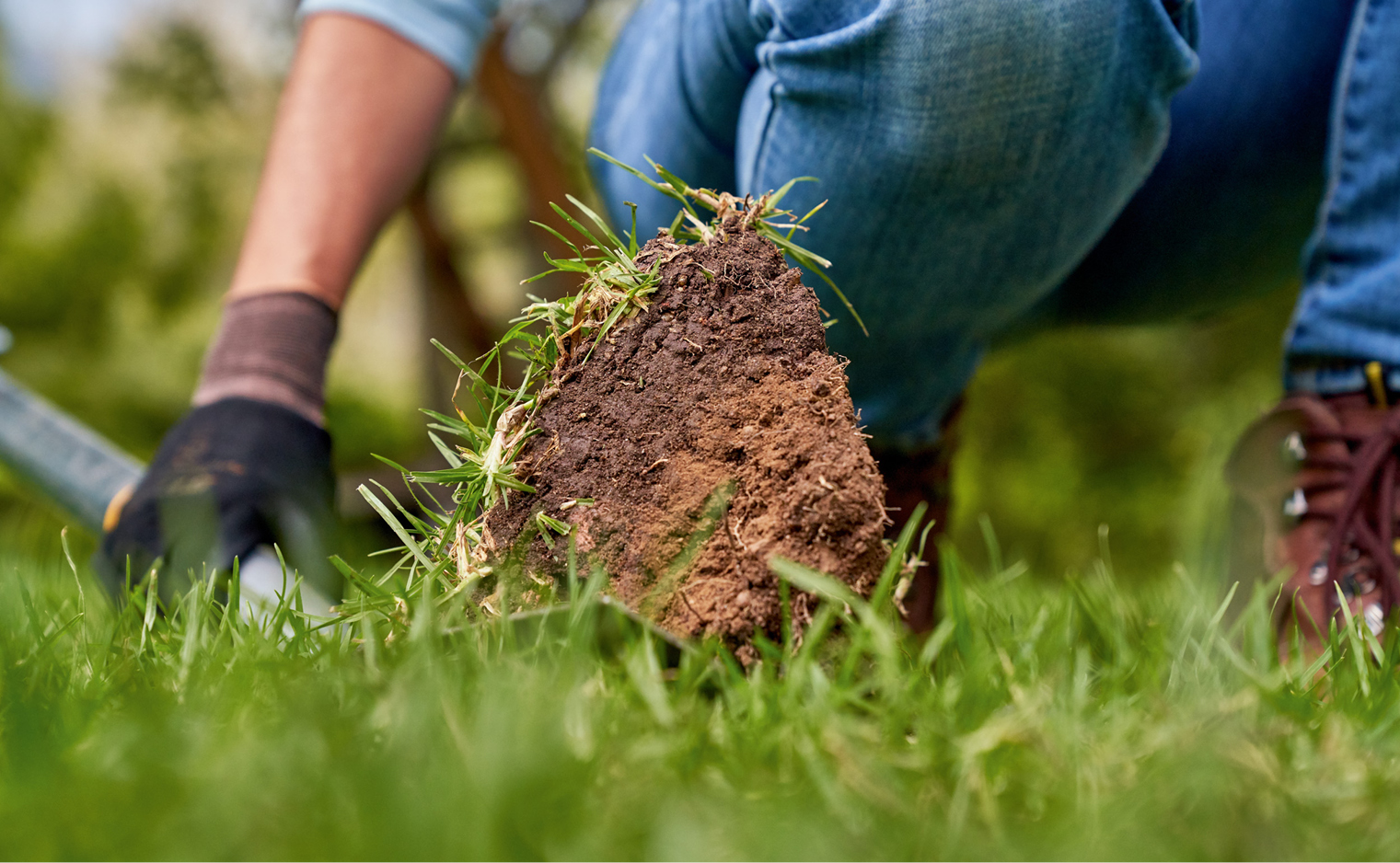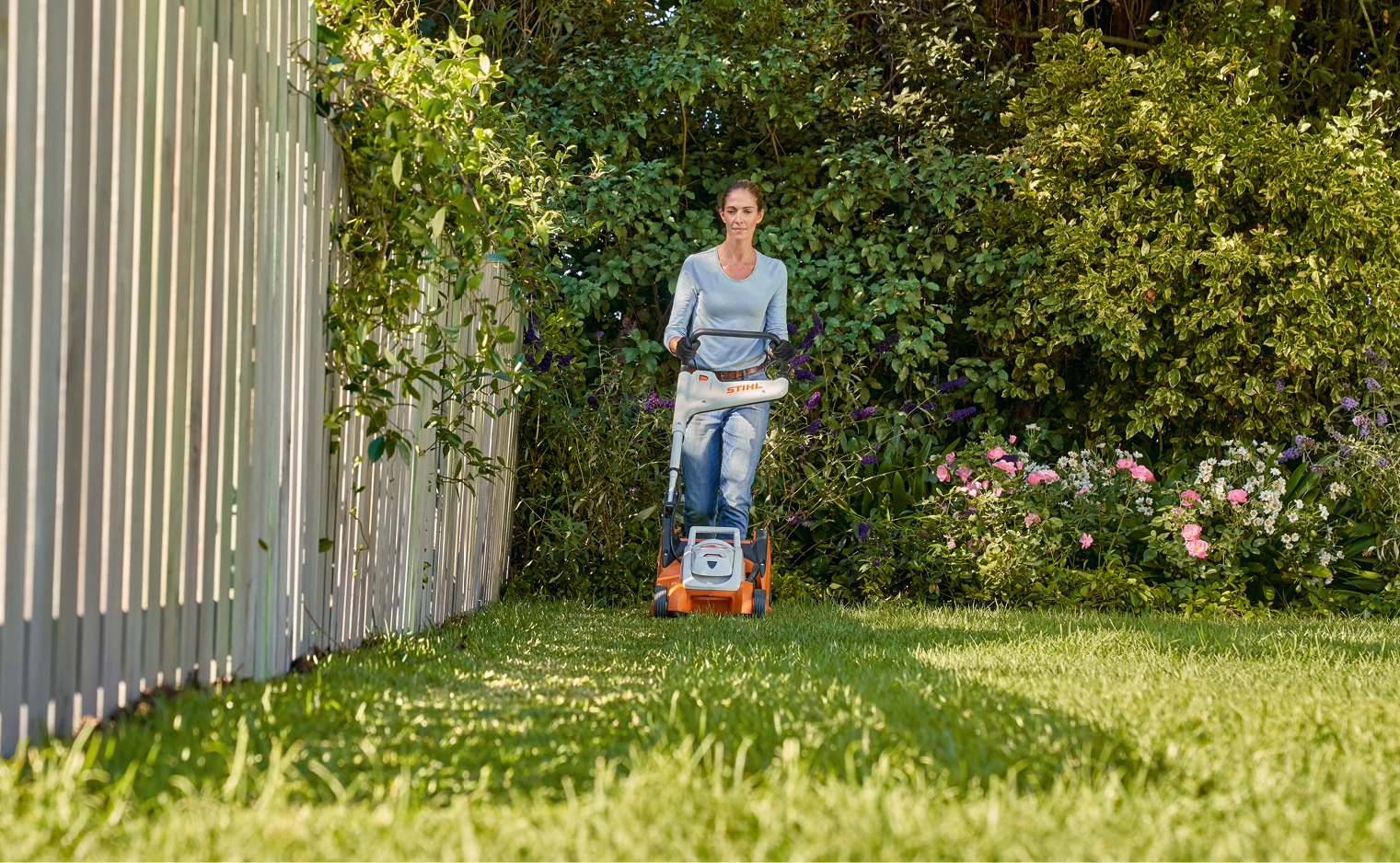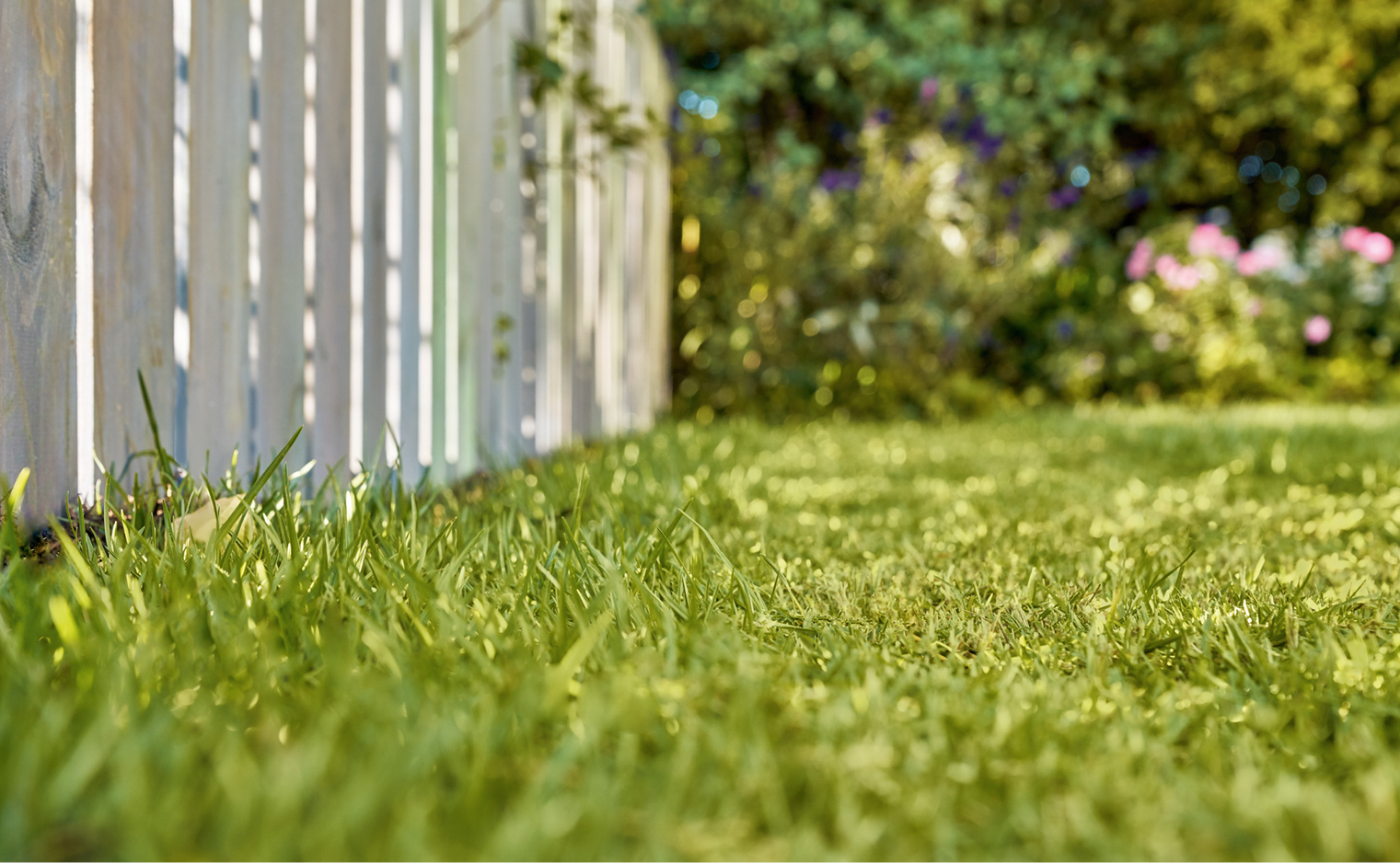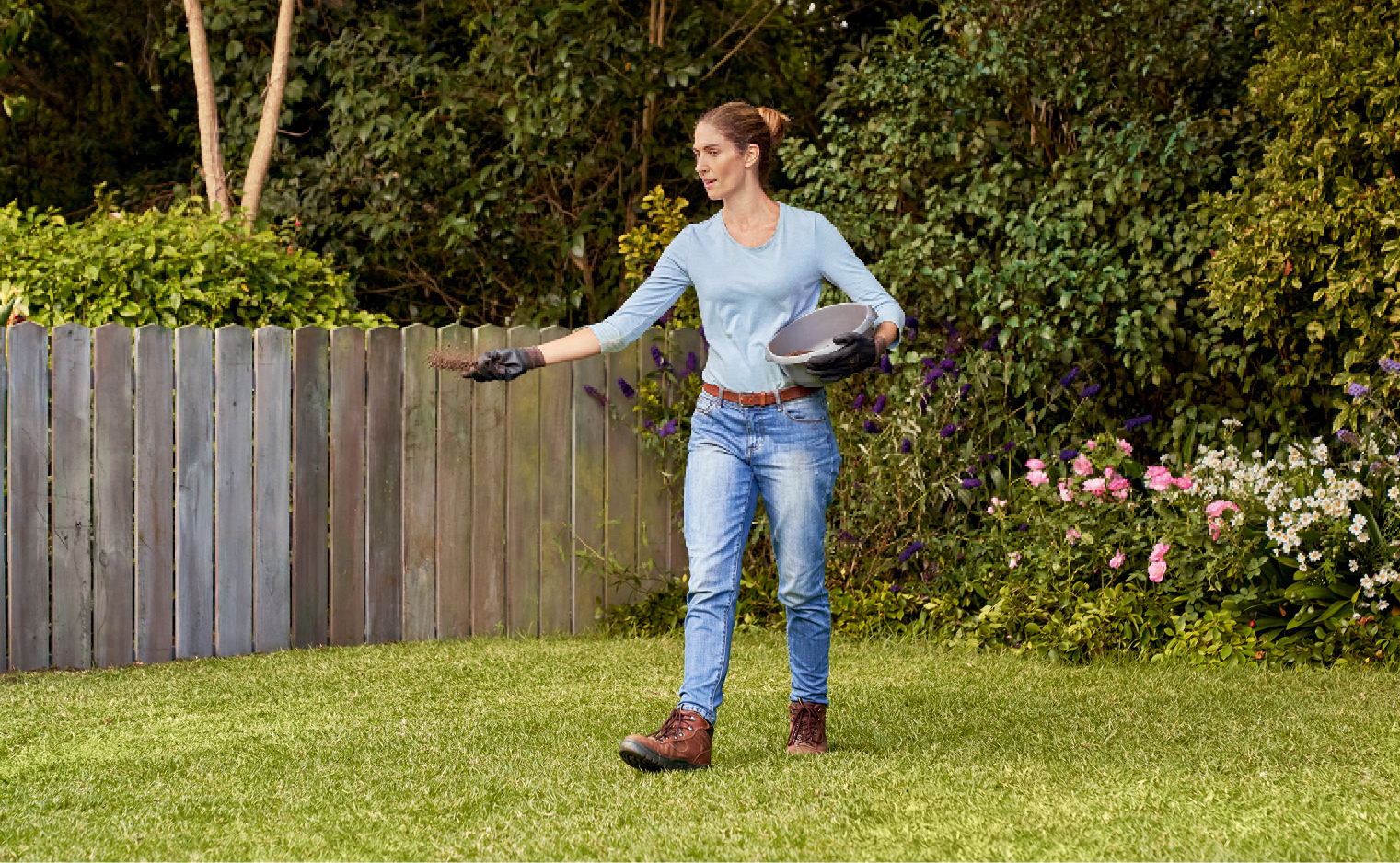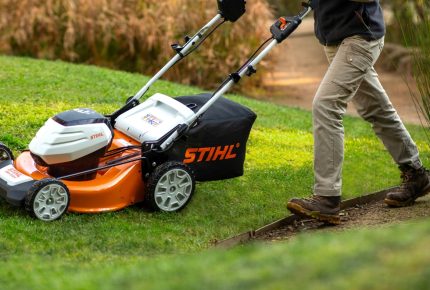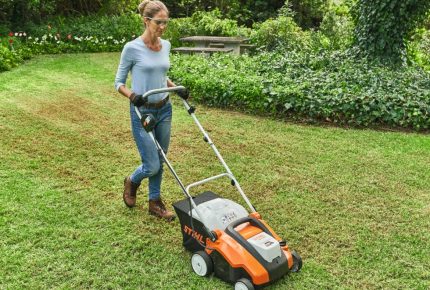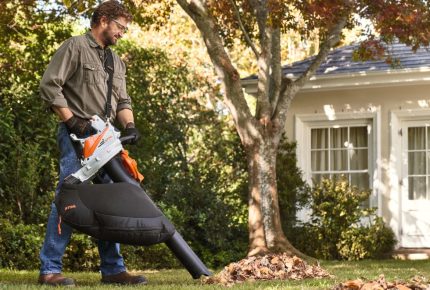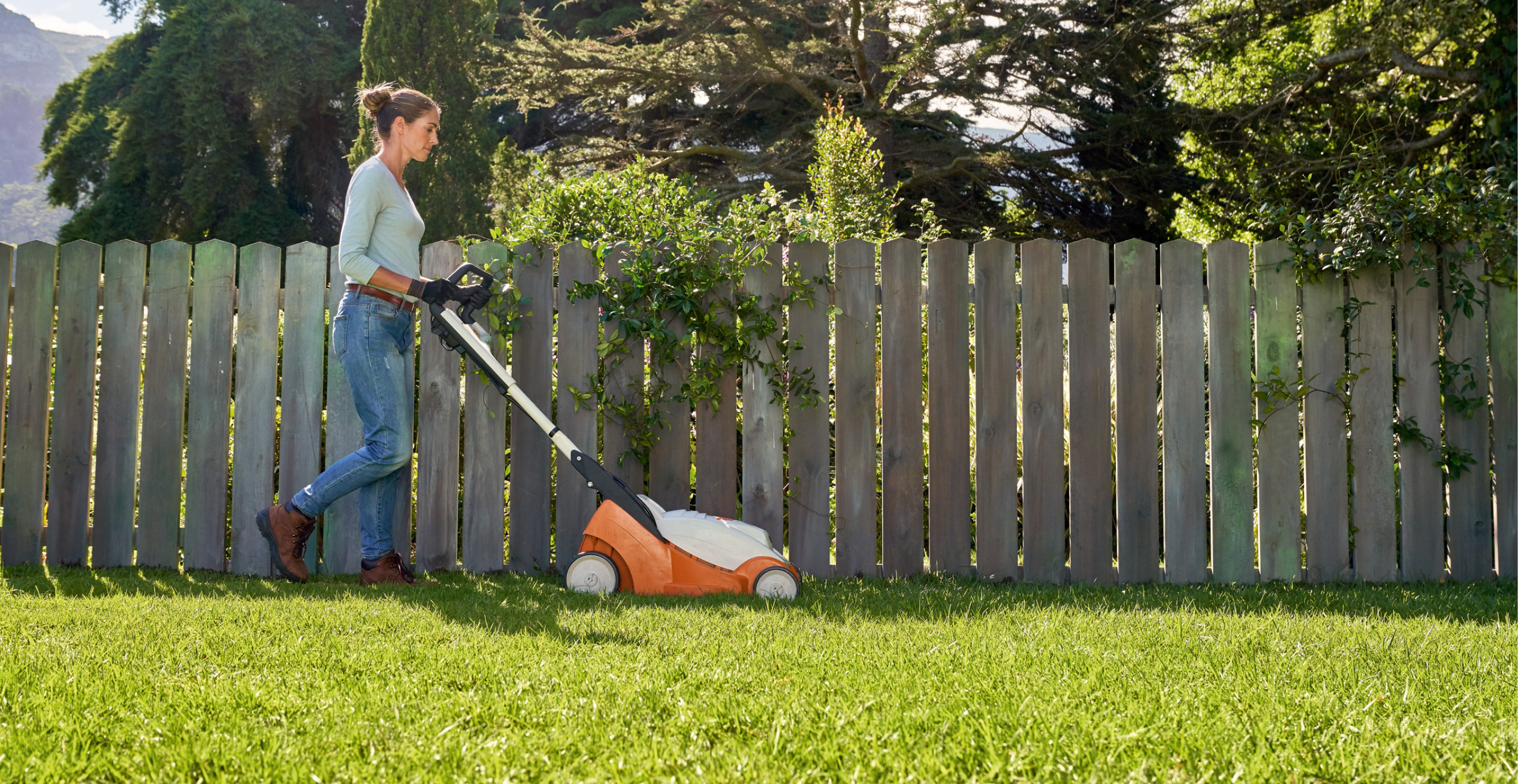
#How To
A Guide To Summer Lawn Care
Whether there’s heat wave or tropical storms, summer can be a particularly stressful time for our garden’s biggest asset. But with the right care, your lawn will not only be able to withstand summer, but flourish, too.
watering during summer
Irrigation is particularly important at this time of year when the natural rainfall is not enough in some parts of the country, and the temperatures are high, leading to an increase in evaporation. How much water a lawn needs in summer ultimately depends on the amount of sunlight it sees in an average day, temperatures in your area, and the wind.
For hobby gardeners, you usually need more water for your lawn than you think. As a rule of thumb, 15 to 25 litres per week and square meter is safe, however it ultimately depends on the type of soil you have. Light dusty soil requires less water than clay-based soil, however, too much water is also harmful to the lawn, because it displaces the air from the soil pores, causing root rot. Always smell the soil samples: if they have a bad smell, or are even gray-blue discoloured with a blue or gray undertone, there is certainly a lack of air and water congestion. This can simply be fixed by aerating your lawn – either manually with a stake, or with a tool such as the STIHL MultiSystem using the aerating attachment.
- Once a week is enough: Water your lawn in the summer, depending on location and weather, with about 20 litres per square meter. Remember, a good soaking is better than light, frequent watering.
- Loamy soil: If your soil is clay based and cannot absorb this amount at once, water over two days in a week to allow more time for absorption.
- Consistency is key: Use a water meter to check if you have watered your lawn evenly. This is especially important during summer.
- Time of day: Always water very early in the morning or late in the Direct sunlight on damp lawns can lead to the formation of burnt areas.
- Plan for success: Growing trees, shrubs or hedges around the lawn will increase the moisture levels in your lawn.
- Too hot to handle: If you’re in the midst of an unusual heatwave, water your lawn two to three times a week in the early morning hours or in the evening.
keeping an eye on lawn moisture
If you don’t have a water meter on hand, you can easily keep an eye on the amount of water your lawn is receiving in other way. For example, jam jars in your garden will allow you to see how much it has rained if you’re lucky to see rainfall.
And of course, you can always check what’s happening beneath the surface by using a spade to pull out a small divot of lawn about 10cm deep.
The soil underneath should be slightly damp, though not wet at the bottom, the top one to two centimeters can and should feel dry! Under no circumstances should it be the other way around. If the sample is moist at the top and dry at the bottom, the water does not reach where it is needed.
mowing during summer
Your lawn will likely be lush and thick after a successful period of growth during spring. Therefore, at the beginning of summer, continue to mow every four to seven days. Regular mowing will increase the density of your lawn because your grass blades will form new side shoots. As summer progresses and things start to heat up, it is important to adjust your mowing height.
HOW LONG SHOULD MY LAWN BE IN SUMMER?
The higher the temperatures, the longer the grass should stay to protect the delicate your grass blades and retain moisture in your soil. In sunny areas, keep your mowing height to 4-5cm, and 5-7cm in shady areas. If a heat wave is on the way, the lawn can also stay a little longer in the sun so that the stalks shade each other. In principle, no more than a third of the length should be shortened at a time, and sharp mowing blades are very important during summer.
TIP: If you notice track marks, meaning the grass blades do not straighten up on their own after someone has gone over them, this can be an indication of dehydration. Be sure to check the moisture levels underneath the surface.
FERTILIsing IN SUMMER
The nutrients from spring fertilisation are almost used up by the time summer rolls around, so the start of summer is a good time to give your lawn another light feed. To help your lawn beat the summer heat, your lawn needs fertiliser that is rich in nitrogen, potassium, magnesium and calcium so it is well prepared for hot temperatures as well as summer thunderstorms.
- Fertilise early: Ideally, fertilise your lawn in November or December to prepare it for the hottest months.
- Dense grass: Use long-term fertiliser so that the grass grows slowly but densely.
- Use sprinkler system: Avoid direct irrigation; after fertilising, water generously, but carefully, preferably with the help of a sprinkler system.
For everything you need to keep your lawn looking lush this Summer, and year round, visit your local STIHL Dealer.

